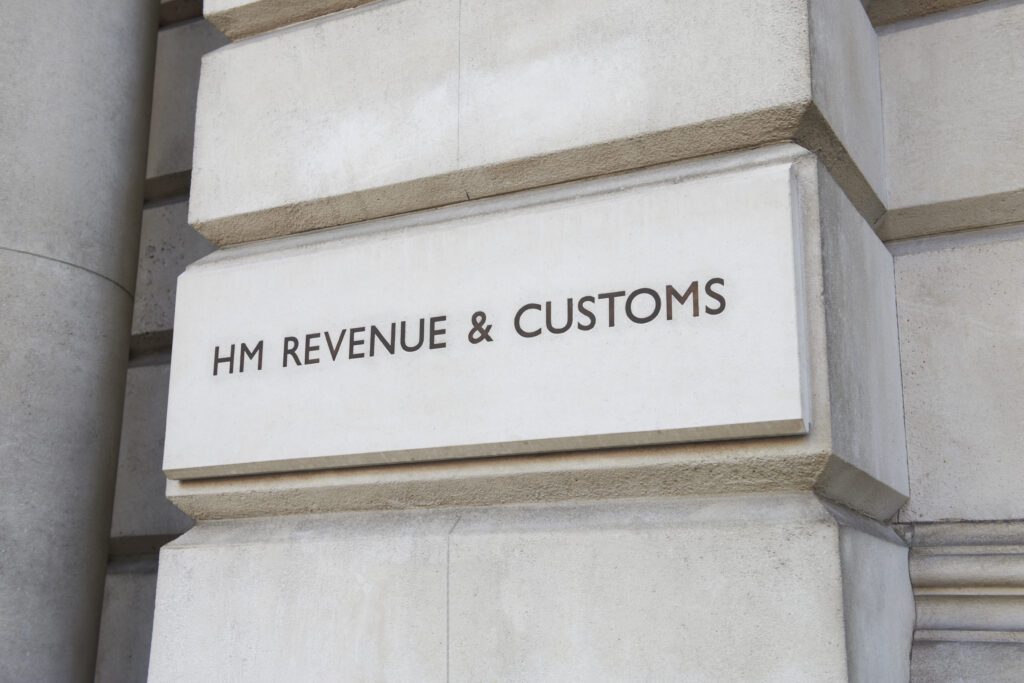Synthetic Biology: market drivers, challenges and R&D oppo...
Synthetic biology (or SynBio) is an exciting intersection of biology and engineering, which promi...

The number of SMEs claiming R&D Tax Relief increased by over 40% in the two years between 2017/18 and 2019/20, according to figures published by HMRC.
It is estimated that a total of 76,225 small and medium enterprises (SMEs) will submit claims for the 2019/20 period compared with 53,910 during 2017/18 and 65,480 in 2018/19, continuing a steady but consistent increase in the number of claimants since the scheme was introduced two decades ago.
This increase however is not wholly unexpected given the number of newly incorporated companies over the same period – 672,890 companies were newly registered during 2018/19 and a further 665,495 in 2019/20.
Of the 76,225 SME claims submitted, over 80% result in a corporation tax deduction, or a deduction and payable tax credit, with only 19% (14,615 out of 76,225) resulting in payable credits only. The SME scheme claims are in addition to the 9,675 submitted under the large company scheme, both by large companies and by SMEs claiming as subcontractors under the large company Research & Development Expenditure Credit (RDEC) scheme.
In total, it is projected that £7.4 billion of support will be claimed.
Qualifying expenditure identified and used to claim R&D Tax Relief across both regimes continues at an ever increasing rate, with year on year increases in eligible costs over the 4 years to 2019/20 :
| Year | SME (£m) | RDEC (£m) | Total (£m) | YoY% |
| 2016/17 | 8,165 | 23,035 | 31,200 | + 5 |
| 2017/18 | 10,150 | 23,550 | 33,700 | + 8 |
| 2018/19 | 12,990 | 25,080 | 38,070 | + 13 |
| 2019/20 | 15,790 | 27,830 | 43,620 | + 15 |
It is easy to understand from this information why HMRC are continuing to increase their focus on the legitimacy of R&D Tax Relief claims and open compliance checks across all industries and sectors. In this current landscape, it has never been more important to partner with a trusted adviser to guide you through the claim process. The timelines for HMRC enquiry resolutions have increased significantly with a single response from the authorities taking as long as an average of 3-4 months at times, in stark contrast to the newly set 15-day turnaround timeframe target internally set by HMRC.
R&D projects do not necessarily have to be matched to commercial projects and in-house process driven R&D improvements are eligible for relief in the same way, whilst not facing the same scrutiny around potential subcontracted activity / subsidised costs, which are a point of contention in the market currently.
It is well documented that the direction of travel across most industries is towards a technology focused future with more reliance on automated processes, bots and machine learning. Every day businesses are being forced to look at how their own models fit with this high tech future.
It makes perfect sense therefore, that those in the Information & Communication industry, which includes software and app development and telecommunications companies, made the most claims during 2019/20 at 19,000. This sector also saw the biggest increase from the previous year up 22% from 15,550 in 2018/19.
The figures published by HMRC are limited to include claims made for accounting periods to 31 March 2020 and received by HMRC before 30 April 2021 only, so it remains to be seen what impact the last 18 months will have on the sector split of claims. It would, however, be fair to assume further increases in the number of claims coming from Information & Communications companies.
Worthy of consideration here, with respect to both the quantity and accuracy of claims during the respective period, is the impact of government support schemes during the pandemic, such as the Coronavirus Job Retention Scheme (CJRS).
For periods beyond 2019/20, the likelihood is that any negative impact of CJRS will be felt by claimants in industries such as Manufacturing, Wholesale & Retail and even Professional, Scientific & Technical. It is essential that any payments received through the scheme are treated correctly. While the CJRS itself is not deemed state aid, utilisation of the scheme does impact the eligibility of costs for R&D Tax Relief purposes and the relevant scheme applicable.
In addition to this, there remains value to be had in less tech focused industries, with the 18,955 Manufacturing industry claims accounting for 22% of all claims made in 2019/20.
These industries appear to be well accustomed to the R&D Tax Relief schemes, but what about those companies in other industries who are being asked to adapt processes and enhance product and service offerings to adapt to the modern world?
Growing sectors are still to take full advantage of what the R&D Tax Relief scheme offers. The top 3 fastest growing industries in the UK by number of companies made only 8% of all claims in 2019/20, those being :
If businesses are being asked to modernise, so too should the Government.
HMRC themselves are slowly but surely introducing ‘Making Tax Digital’ across all taxes including Corporation Tax and are reviewing R&D claims with input from the Chief Digital and Information Office (CDIO), whose software experts are able to understand when claims truly are an advance in science or technology.
We welcomed HMRC’s assertion earlier this year that “it is essential to ensure the reliefs remain up-to-date, competitive and well-targeted” and look forward to seeing how they do this over the coming years to meet the stated Industrial Strategy aim of R&D investment equal to 2.4% of GDP by 2027.
As mentioned previously, qualifying expenditure is on the rise, and there may be more to come with a widening of the scope of qualifying expenditure for R&D Tax Relief. While we welcome any modernisation to the software category in particular to match modern day business practices, HMRC needs to ensure these costs are introduced in such a way that benefits all potential claimants and are not unfairly skewed towards, for example, software companies.
London was once again the top region both in terms of total number of claims (20% of the 85,900 claims made) and qualifying expenditure identified (£14.8 billion of £47.4 billion, or 31%).
As expected, companies with their registered address in London received greatest benefit from the scheme, with average support received from the SME scheme of £88k per claim (£1.32bn across 15,005 claims).
At the opposite end of the scale was Yorkshire and The Humberside (£38k average) and the South West (£39k average). The overall average SME claim benefit was £57,330.
In respect of claims made under RDEC, it is interesting that three regions exceeded London in terms of average support claimed:
The R&D market continues to evolve and grow with a further 10,100 companies making claims for the first time for 2019/20. This figure is expected to rise further with claims for accounting periods to 31 March 2020 being eligible for submission for a further 6 months from now, through to 31 March 2022.
The publication shows that every year more and more companies are finding that they are eligible for the relief, but there is undoubtedly more to come especially from companies in growth markets where the idea that what they do is R&D has never been fully considered before.
Insights from Elena Karadzhova, Head of Tax , Leyton UK , Daniel Kyle, Senior R&D Tax Consultant & Martin Sharkey, Head Of Consulting, Leyton UK
Explore our latest insights

Synthetic biology (or SynBio) is an exciting intersection of biology and engineering, which promi...

Even in the best of circumstances, we know that it can be challenging to balance a successful car...

Small and Medium-sized enterprises (SMEs)are the lifeblood of innovation in the UK. We’ve dived i...

Full expensing is a first-year allowance that allows businesses to reduce their tax liability and...